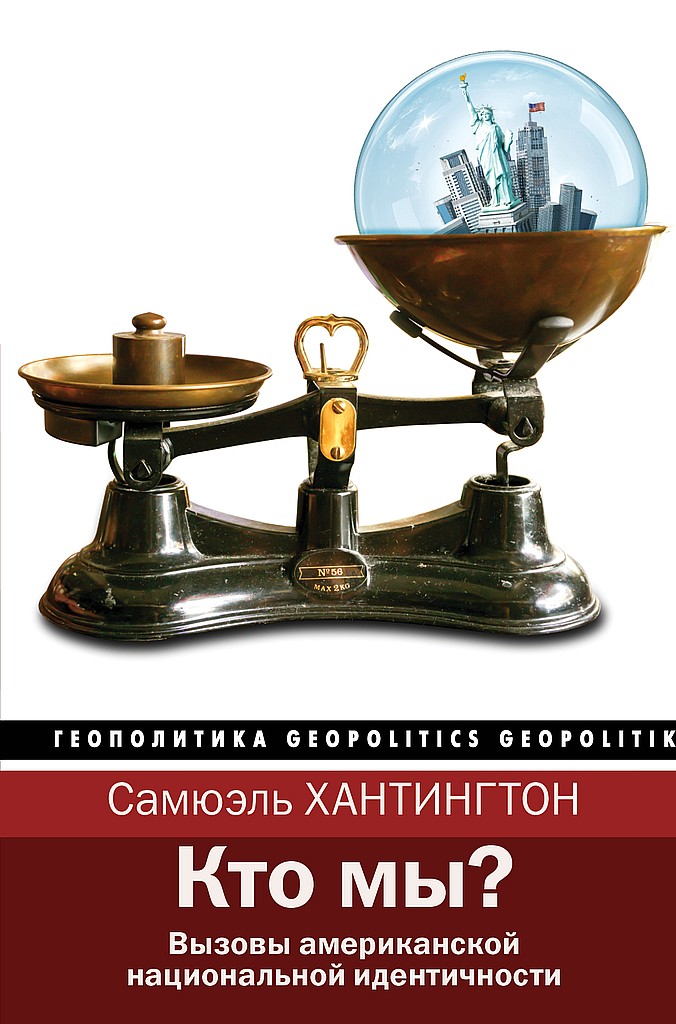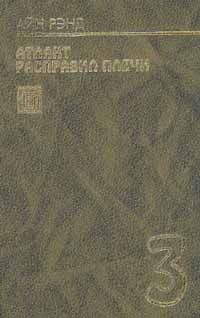Yack’s discussion in «The Myth of the Civic Nation»,
Critical Review, 10 (Spring 1996), p. 197–98.
{558} Alexis de Tocqueville, Democracy in America (New York: Vintage, 1954), vol.1, p. 334–335.
{559} Patrick Glynn, «Prelude to a Post-Secular Society», New Perspectives Quarterly, 12 (Spring 1995), p. 17.
{560} Paul Kurtz, Chairman of the Center for Inquiry, quoted in New York Times, 24 August 2002, p. http://www.forf.org/news/2002/nyt1.html].
{561} Religious Congregations and Membership in the United States (Nashville: Glenmary Research Center, 2002), Issued September, 2000; New York Times, 18 September 2002, p. A16; Economist, 16 May 1987, p. 24.
{562} Doug Bandow, «Christianity’s Parallel Universe», The American Enterprise, (November December 1995), p. 58–59; Kenneth D. Wald, Religion and Politics in the United States, (Washington, D. C.: CQ Press, 3rd Ed., 1997), p. 234–235; Janet Elder, «Scandal in the Church: American Catholics», New York Times Magazine, 21 April 2002, p. 36.
{563} David M. Shribman, «One Nation Under God», Boston Globe Magazine, 10 (January 1999), p. 29; Andrew Kohut et. al.. The Diminishing Divide: Religion’s Changing Role in American Politics (Washington, D. C.: Brookings Institution Press, 2000), p. 82; John Green et al., «Faith in the Vote: Religiosity and the Presidential Election», Public Perspective, 12 (March/April 2001), p. 33–35.
{564} New York Times, 29 October 1998, p. 21; Kohut, The Diminshing Divide, p. 126–127; Economist, 2 November 2003, p. 33.
{565} Shribman, «One Nation Under God», p. 20–21.
{566} Michael J. Sandel, «The State and the Soul», The New Republic, 10 June 1985, p. 38.
{567} Public Agenda Online Special Edition, For Goodness’ Sake: Why So Many Want Religion to Play a Greater Role in American Life, 17 January 2003, p. 1, http://www.publicagenda.org/specials/religion/religion.html.
{568} Kohut, The Diminshing Divide, p. 28–29; p. 26–27; Economist, 24 August 2002, p. 27, citing Time poll.
{569} Time, 27 December 1993, p. 56–65; Ruth Shalit, «Angels on Television, Angels in America: Quality Wings», The New Republic, 20–27 July 1998, p. 24.
{570} James Davison Hunter, «When Psychotherapy Replaces Religion», Public Interest, 139 (Spring 2000), p. 14.
{571} Boston Globe, 12 January 1998, p. A1, A11.
{572} Time, 7 June 1999, p. 65; R. Albert Mohler, Jr., «Against an Immoral Tide», New York Times, 19 June 2000, p. A23.
{573} Time, 9 December 1991, p. 64.
{574} Kohut, The Diminshing Divide, p. 4–5; New York Times, 24 August 2002, citing Heclo.
{575} Quoted in Shribman, «One Nation Under God», p. 28; quoted in David Broder, Boston Globe, 3 January 1996, p. 11; Charles Alston and Evan Jenkins, quoted in Shribman, «One Nation Under God», p. 21.
{576} Joel Kotkin, «In God We Trust Again», The New Democrat, 8 (January-February, 1996), p. 24; Geoffrey C. Layman, The Great Divide: Religious and Cultural Conflict in American Party Politics (New York: Columbia University Press, 2001), p. 114; Boston Globe, 27 June 1999, p. F1.
{577} Ibid., p. 64; quoted in Ibid., p. 63.
{578} Wald, Religion and Politics in the United States, p. 94–96.
{579} См. «Compassionate Conservatism Ahead», American Enter-prise, June 2000, p. 26ff; Boston Globe, 27 June 1988, p. F1.
{580} New York Times, 30 January 2001, p. A18.
{581} Adam Meyerson, quoted in E. J. Dionne, Jr., International Herald Tribune, 20 August 1997, p. 8.
{582} New York Times, 7 July 2000, p. A14; Boston Globe, 7 July 2000, p. A15.
{583} See Wall Street Journal, 22 January 2003, p. A14.
{584} Gertrude Himmelfarb, «Religion in the 2000 Election», The Public Interest, 143 (Spring 2001), p. 23; Pew Charitable Trusts, For Goodness’ Sake, p. 10; New York Times, 31 August 1999, p. A14; CNN/Gallup Survey; Washington Post Weekly Edition, 28 August 2000, p. 21, Richard John Neuhaus, «The Public Square: A Survey of Religion and Public Life», First Things, 126 (October 2002), p. 107; Farkas et al.; Pew Charitable Trusts, For Goodness’ Sake, p. 10–11.
{585} Layman, The Great Divide, p. 16, 107–10.
{586} Ibid., p. 110–11.
{587} New York Times, 15 December 1999, p. A31; Two Concepts, p. 57; New York Times, 29 August 2000, p. A17; Boston Globe, 29 August 2000, p. A12.
{588} New York Times, 19 December 1999, Section 4, p. 5; Boston Globe, 23 December 1999, p. A1, A14; New York Times, 29 May 1999, p. A11; Economist, 23 December 1999, p. 18.
{589} Sigmund Freud, The Future of an Illusion (New York: W. W. Norton, 1961), p. 31
{590} Assaf Moghadam, A Global Resurgence of Religion? (Cambridge: Harvard University Weatherhead Center for International Affairs, Paper No. 03–03, August 2003), p. 65, 67.
{591} Kiren Aziz Chaudhry, The Price of Wealth: Economies and Institutions in the Middle East (Ithaca: Cornell University Press, 1997), p. 6, n. 5.
{592} Mark Juergensemeyer, The New Cold War? Religious Nationalism Confronts the Secular State (Berkeley: University of California Press, 1993), p. 1–3.
{593} Jonathan Sacks, «The Dignity of Difference: Avoiding the Clash of Civilizations», Foreign Policy Research Institute Wire, vol. 10, no. 3, July 2000, p.1.
{594} Rohan Gunaratna, Inside Al Qaeda: Global Network of Terror (New York: Columbia University Press, 2002), p. 45–46; Rohan Gunaratna, Global Terror (New York: New York University Press, 2002), p. 45–46.
{595} Interview with Peter Arnett, Quoted in Gunaratna, Inside Al Qaeda, p. 90.
{596} George F. Kennan, «The Long Telegram», February 22, 1946, in Thomas Etzold and John Lewis Gaddis, Containment: Documents on American Policy and Strategy, 1945–1950 (New York: Columbia University Press, 1978), p. 61.
{597} Gallup press release, 27 February 2002.
{598} New York Times, 5 December 2002, p. A11.
{599} Economist, 15 February 2003, p. 41.
{600} Arthur A. Stein, The Nation at War (Baltimore: Johns



